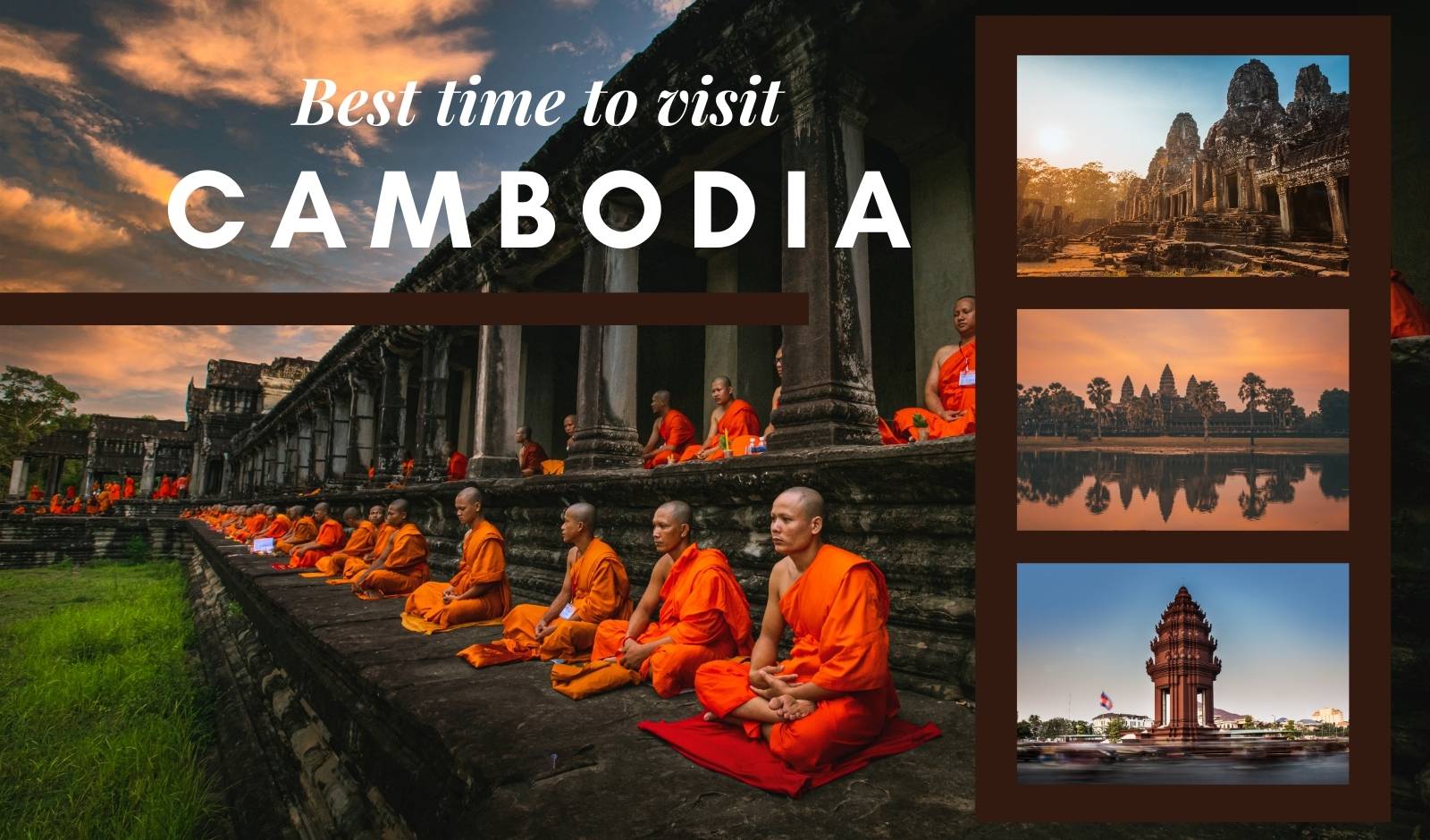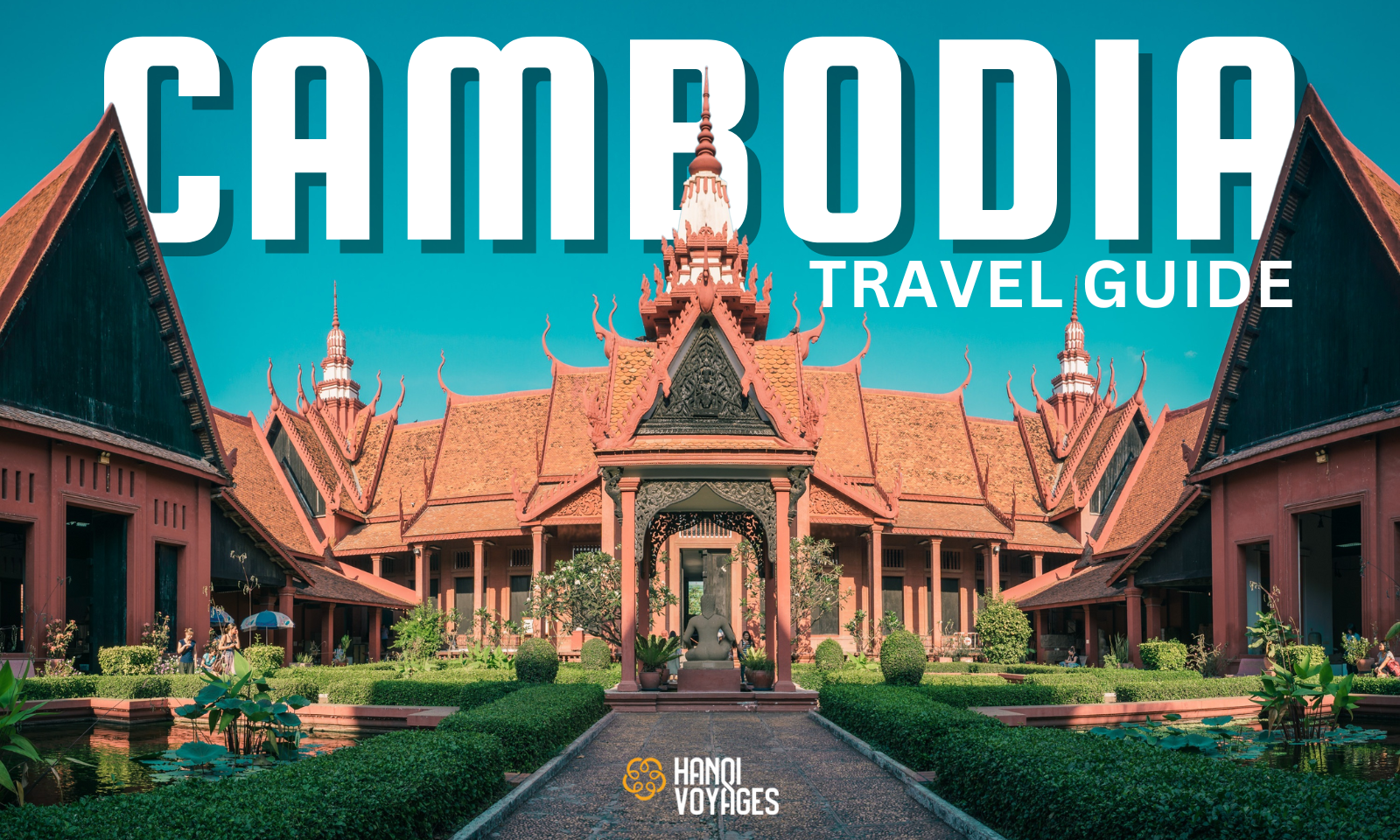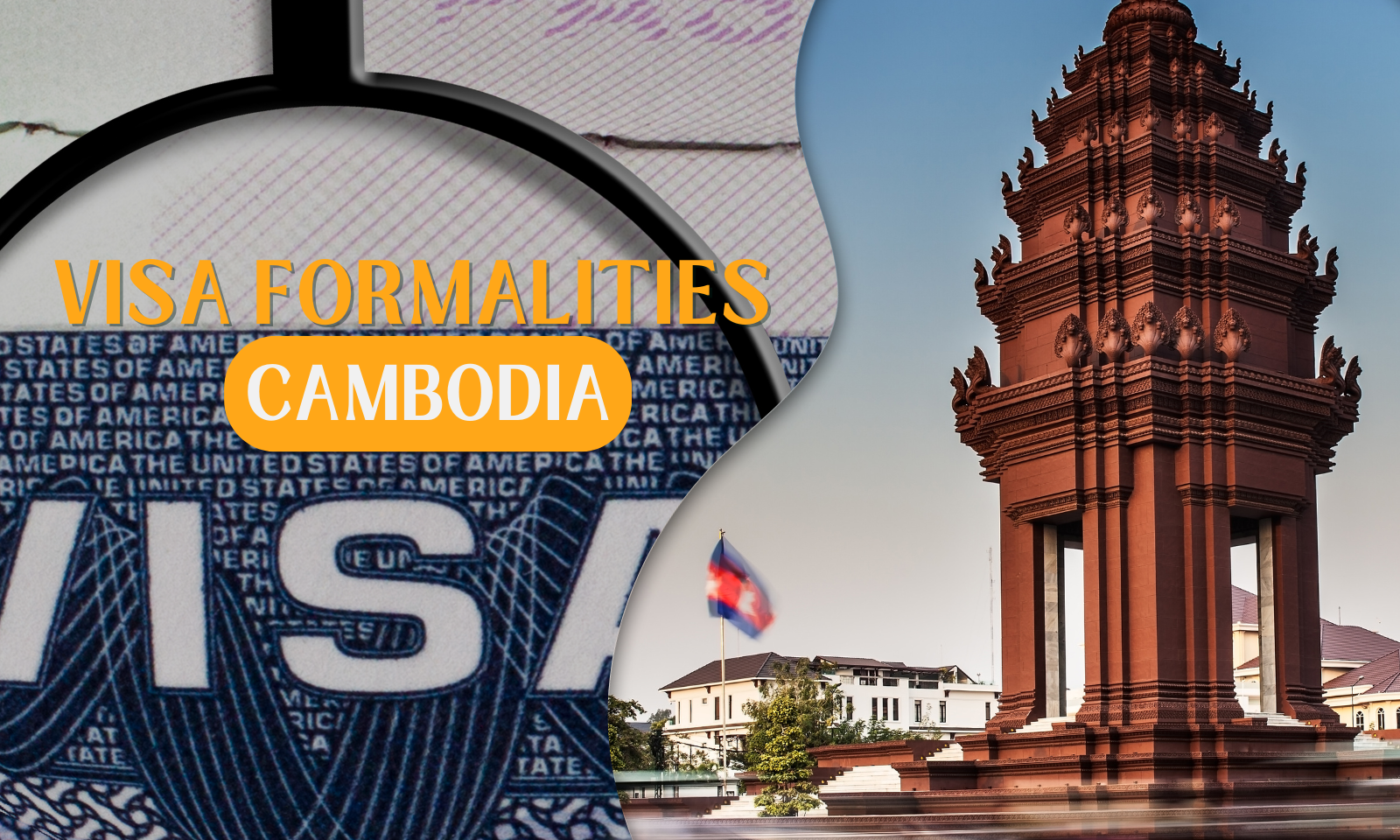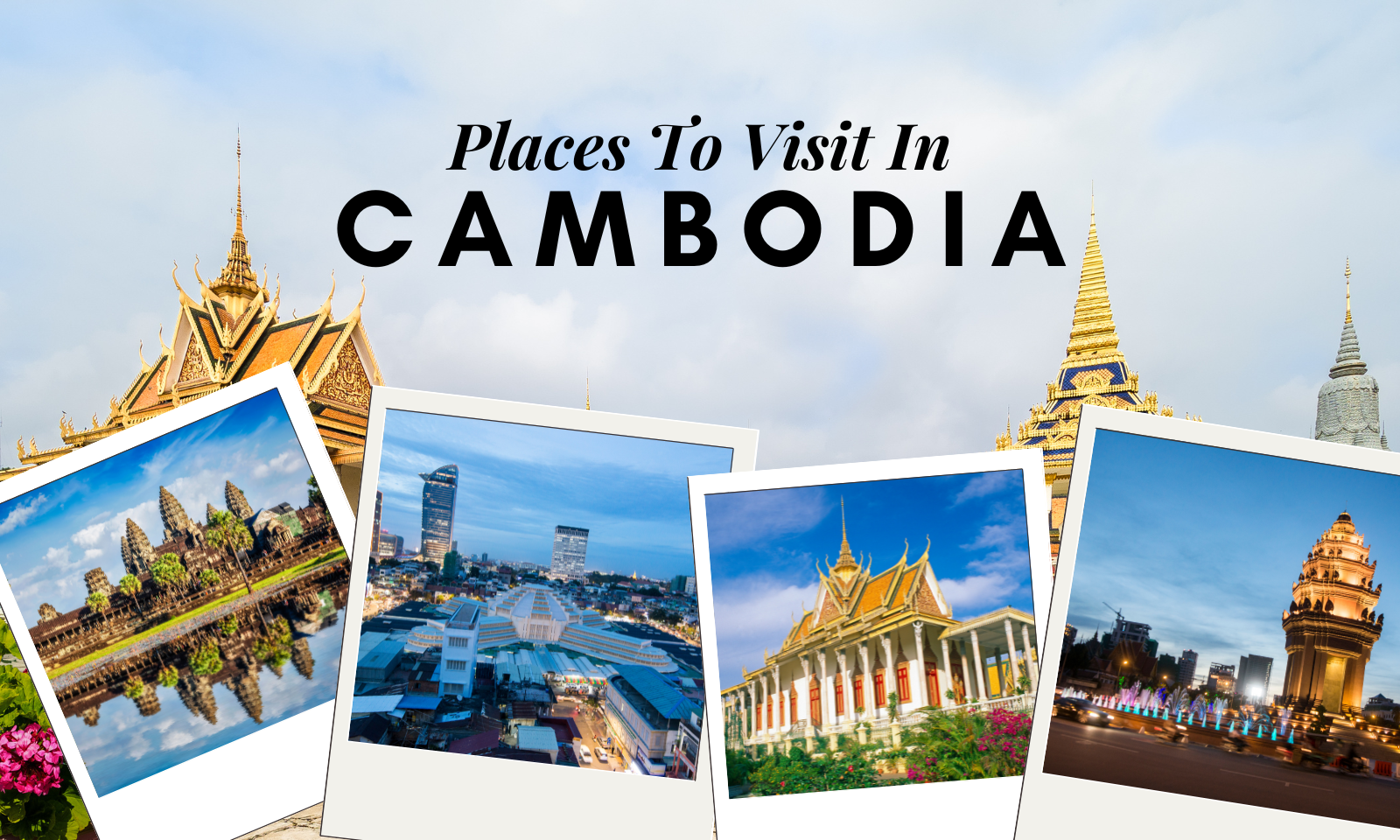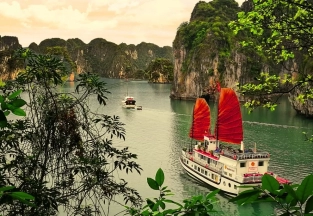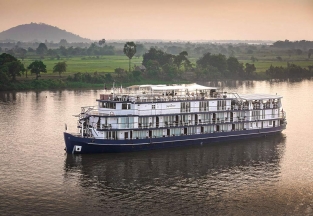Tour combining trekking in Vietnam, Mekong cruise and beach relaxation.

Cambodia
Tonle Sap
Tonle Sap, Southeast Asia's largest freshwater lake, is a vibrant ecosystem teeming with life. Visitors can explore floating villages, witness diverse wildlife, and experience the unique culture of the communities that thrive on this magnificent lake, making it a must-visit destination.

Exploring Tonle Sap: Cambodia’s Magnificent Freshwater Lake
Tonle Sap, the largest freshwater lake in Southeast Asia, is a captivating destination that offers a unique blend of natural beauty, diverse ecosystems, and rich cultural heritage. This UNESCO Biosphere Reserve is a vital resource for the local communities, providing food, water, and transportation while also supporting a wealth of wildlife. For travelers seeking to explore the heart of Cambodia, a visit to Tonle Sap is an unforgettable experience that reveals the intricate connection between nature and culture.
The Unique Ecosystem of Tonle Sap
Tonle Sap covers an area of approximately 2,700 square kilometers during the dry season but can expand to over 16,000 square kilometers during the wet season. This remarkable seasonal variation is due to the flow of the Tonle Sap River, which reverses direction during the annual monsoon rains. The lake's ecosystem is rich and diverse, home to numerous species of fish, birds, and aquatic plants.
One of the lake's most notable features is its diverse bird population, making it a paradise for birdwatchers. Over 300 species of birds inhabit the area, including several endangered species. The floating wetlands and mangroves surrounding the lake serve as critical habitats for these birds, making Tonle Sap a prime location for wildlife enthusiasts.
Floating Villages: A Unique Lifestyle
One of the most fascinating aspects of Tonle Sap is its floating villages, where entire communities live on the water. These villages, such as Kampong Phluk, Chong Kneas, and Kampong Luong, are home to thousands of people who have adapted their lifestyles to the lake’s seasonal changes. The floating houses, schools, and even shops are built on stilts or float on rafts, creating a unique living environment that reflects the residents' close relationship with the lake.
Visiting these floating villages offers travelers a glimpse into the daily lives of the local communities. You can take a boat tour to explore the villages, where you’ll see families fishing, trading, and engaging in traditional practices. Many villagers rely on fishing as their primary source of income, utilizing traditional fishing methods passed down through generations. This vibrant culture is an integral part of the Tonle Sap experience.
Activities and Attractions
There are plenty of activities to enjoy while exploring Tonle Sap. Boat tours are the most popular way to experience the lake and its surroundings. Guided tours can take you through the floating villages, showcasing the unique lifestyle of the residents, or deeper into the lake to observe the diverse wildlife. As you glide along the tranquil waters, you may spot various birds, including kingfishers and herons, as well as the elusive freshwater dolphins that inhabit the area.
For those interested in cultural experiences, some villages offer homestays where you can spend the night with a local family. This immersive experience allows you to learn about their customs, try traditional meals, and participate in daily activities, creating lasting memories of your time at Tonle Sap.
Another popular attraction is the Tonle Sap Biosphere Reserve, where visitors can explore the rich biodiversity of the area. The reserve protects vital habitats and supports various species, making it a perfect spot for nature lovers and eco-tourists. Kayaking through the mangroves provides a close-up view of the ecosystem and a chance to see wildlife in their natural habitat.
Visiting the Lake: Best Time to Go
The best time to visit Tonle Sap is during the dry season, from November to April, when the water levels are lower, making it easier to navigate the floating villages. However, visiting during the wet season, from May to October, offers a different perspective, as the lake expands dramatically, and the surrounding landscapes come to life.
Travelers should be mindful of the local customs and traditions when visiting Tonle Sap. Respect for the local culture is essential, especially when interacting with residents. Learning a few basic Khmer phrases can enhance your experience and foster connections with the friendly locals.
Getting There and Accommodations
Reaching Tonle Sap is relatively straightforward, with several options available from Siem Reap, the nearest major city. The lake is approximately a 30-minute drive from Siem Reap, making it an ideal day trip or overnight excursion. Many tour operators offer guided tours, providing transportation and knowledgeable guides to enhance your experience.
While there are limited accommodations directly on the lake, Siem Reap offers various options, from budget guesthouses to luxury hotels. Staying in Siem Reap allows for easy access to Tonle Sap and the many other attractions in the region, including the famous Angkor Wat temple complex.
Conclusion
Tonle Sap is a remarkable destination that showcases the beauty of Cambodia’s natural landscapes and the resilience of its local communities. From the unique floating villages to the diverse ecosystems teeming with wildlife, a visit to Tonle Sap provides an enriching experience for travelers seeking to connect with the heart of Cambodian culture. Whether you’re exploring the lake by boat, interacting with local families, or simply taking in the breathtaking views, Tonle Sap promises an unforgettable adventure in the heart of Southeast Asia.
Travel Guide
Exciting trip
0.0
No reviews
- 0 reviews
The jewels of Cambodia and Vietnam combined in a unique itinerary, designed to offer luxury and authenticity.
Place:
Siem Reap - Stung Treng - Tonle Sap
Start/finish:
Siem Reap/Lan Ha Bay
Travel style:
Vietnam luxury tour - Multi - country - Cambodia multi-country tour - Vietnam Cambodia tours - Cruise - Vietnam Cambodia cruises
21
DAYS
Contact
0.0
No reviews
- 0 reviews
Experience Vietnam and Cambodia: a luxurious journey of culture, cuisine, and timeless charm.
Place:
Hanoi - Ninh Binh - Halong Bay
Start/finish:
Hanoi/Siem Reap
Travel style:
Luxury - Cambodia luxury tour - Vietnam luxury tour - Cambodia multi-country tour - Cruise - Vietnam Cambodia cruises
32
DAYS
Contact
0.0
No reviews
- 0 reviews
Place:
Hanoi - Sapa - Sapa
Start/finish:
Hanoi/Sihanoukville
Travel style:
Luxury - Cambodia luxury tour - Vietnam luxury tour - Multi - country - Cambodia multi-country tour - Vietnam Cambodia tours - Cruise - Vietnam Cambodia cruises
21
DAYS
Contact

